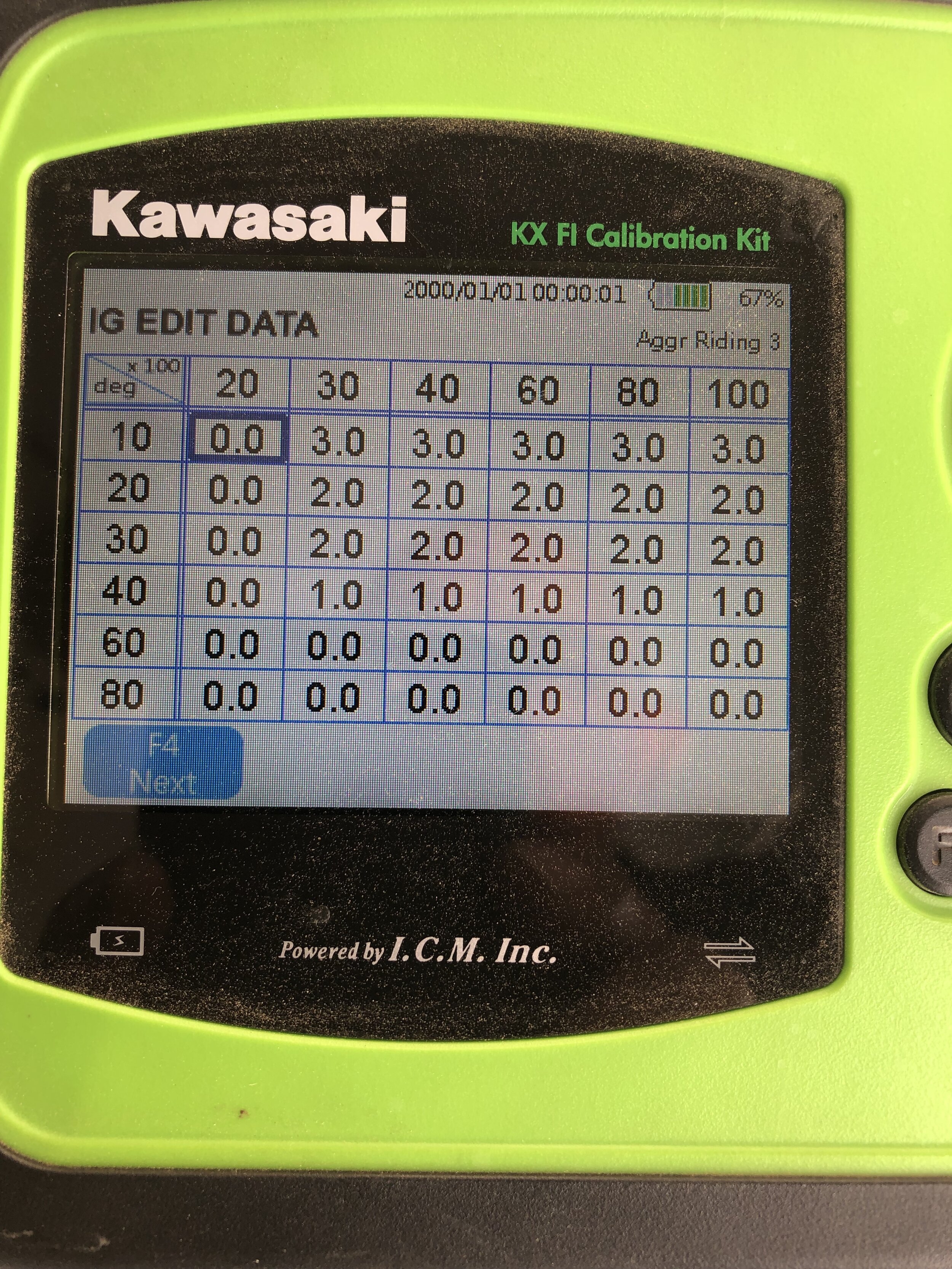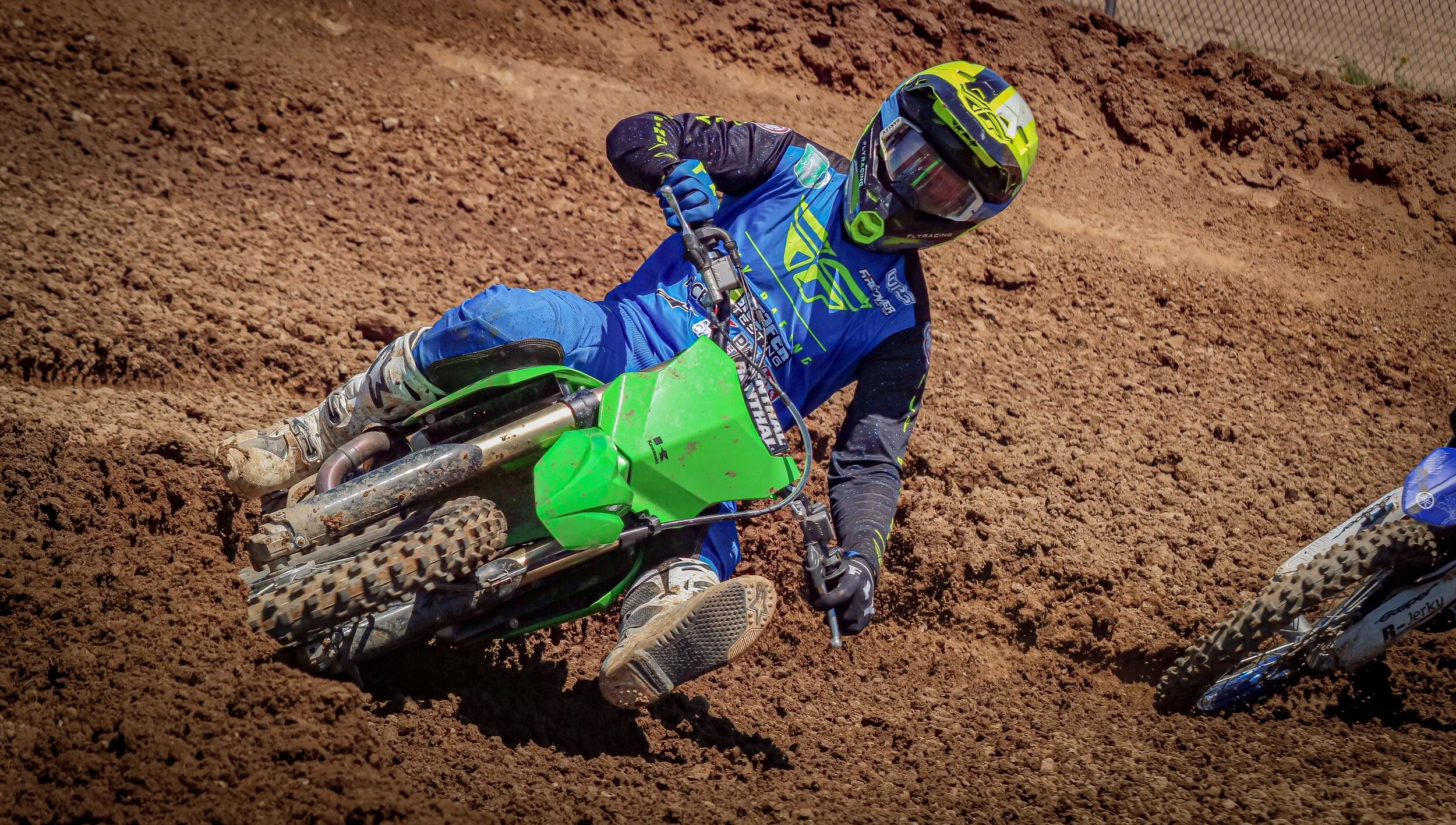These improvements that I made to the 2021 KX450 is something I could go race locally with and be extremely happy. The FMF muffler system will set you back $950.00 and a Vortex mapped by Twisted Development is around the same. Without busting into your top end with cams, pistons and head work these two mods are the most bang for your buck when looking to actually feel a difference on the track.
I am going to work on a couple suspension mods next, in order to get a little more performance out of the Showa bump sticks, so be on the look out for that test next. After we get a suspension setting that offers a little more hold up, I am going to ride the crap out of the KX450, so we can answer some of these reliability questions that some of you email me with. The 2020 KX450 proved to be fairly reliable for Joe, as he put just under 50 hours on it, but this year I am hoping to double that mark on the 2021 unit.
Baseline Suspension Settings:
Spring rate: 5.1 N/mm (5.0 N/mm for light riders under 160 pounds)
Compression: 11 clicks out
Rebound: 10 clicks out
Fork-leg height: 2mm up
Spring rate: 54 N/mm
Hi-compression: 1-1/8 turns out
Lo-compression: 15-16 clicks out
Rebound: 10-11 clicks out
Race sag: 105mm
If you have any questions about these mods or anything to do with the 2021 Kawasaki KX450, please feel free to email me at kris@keeferinctesting.com and I am here to help!
If you’re looking to get a FMF Racing 4.1 system like the one you see here you can click on the RMATVMC banner on my site and order through that or go to fmfracing.com.
You can also call Twisted Development directly at 951 698 7222 or visit them at td-racing.com.

















